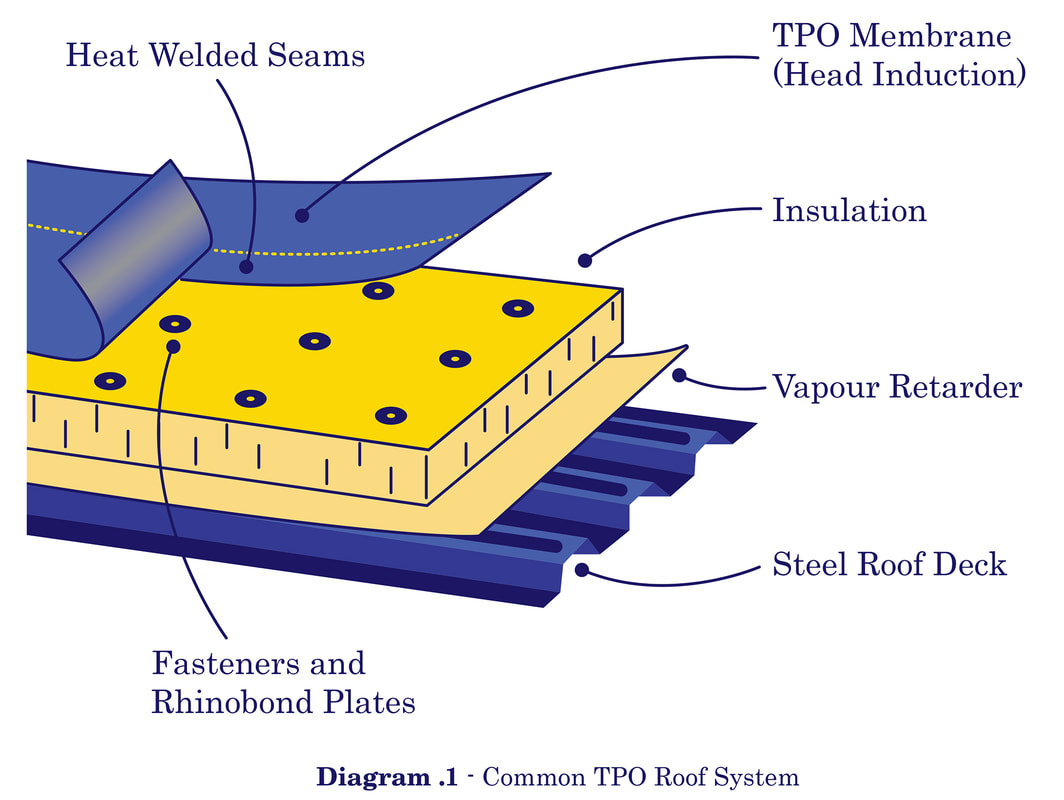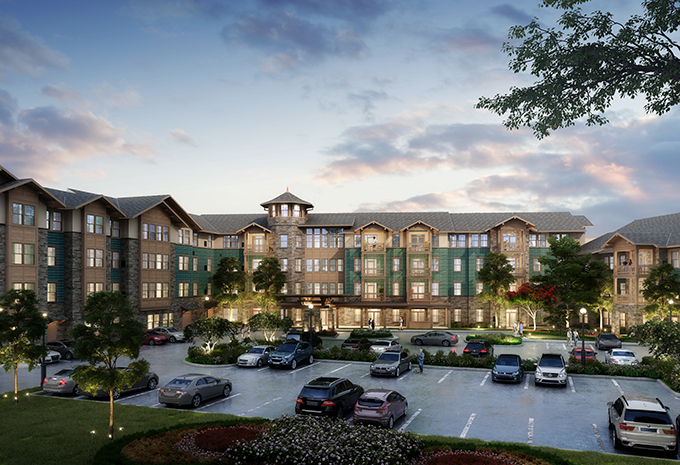Steeper rather than flatter roofs will have lesser load per sq. The boards of this thickness are not recommended to be used for a flat roof.
 Flat Roof Education
Flat Roof Education
Most Common Thickness For rafters spaced 20 or more inches apart 12- or 58-inch plywood is recommended.

Flat roof plywood thickness. Typical types of wood used for roof sheathing are oriented strand board known as OSB and plywood the most popular being OSB. Plywood boards used for the deck should be. Instead it is used to hold concrete whilst it sets.
In cold weather such roofs are inherently prone to condensation which can cause materials to decay and distort. Ill set the new roof to overhang the existing walls and put external insulation up. Occasionally I have seen 38 plywood on a roof.
That will suffice on a roof with rafters set 16 inches apart with minimal roof loads. The most common rafter spacing is 24 inches and 58-inch plywood is recommended for that. But this is not the standard but the minimum thickness which can only withstand overload if the rafters are set 16 inches apart at most and the roof is made from light weighted material.
For structural use in accordance with EN 13986 and BS5268. It is certainly not preferred by professionals interested in quality. How thick should Roof plywood be.
Sheet with varying thickness. U value of a flat roof. Laid with staggered joints.
I never use anything less than 58 plywood for exterior roof sheathing. This minimum will only work if the rafters are set 16 inches apart at most and if the roof doesnt have too much load. A minimum thickness of 18mm these will be able to span up to 600mm.
COLD ROOF Many residential flat roofs have the waterproofing laid directly onto the deck and any insulation placed above the ceiling. However you may need to consider bolstering the plywood thickness for a roof that has a higher load. Longitudinal joints should occur on the centre line of supporting joists.
The plywood is normally square-edged. To avoid this cancel. This arrangement allows the deck to become COLD.
Plywood typically comes in 48 ft. Plywood used for roof decks is generally 18mm thick but it is possible to specify a minimum 15 mm if the supporting structure is more closely spaced. Sheets of 716-inch thick with no edge support can be used in an area where the snow load is 30 pounds per square foot.
Foot and with a maximum of spacing of 16 inches between rafters. A lower U-value indicates better insulation properties hence U. Each side is rated A to D with A being of the highest quality and with no imperfections or.
To reduce this risk through-ventilation has to be provided to each and every space above the insulation. Generally plywood comes in 4 by 8-foot sheets and in a variety of grades. It will support roof loads for most situations and is the standard for most roof applications.
With 58 plywood you get 5 plies. Obviously 34 is better. Most roofs will be sheathed in plywood at least 38 inch thick.
Half inch on a roof is usually OK and very common at least around here. With edge support and the same snow load 38-inch OSB can be used. That gives you the number of plywood sheets you need although its best to buy at least 10.
Plywood for a roof deck should be of marine grade and suitable for external use to BS EN 636 or a bond Class 2 or better complying with BS EN 314 check. General plywood does not have this proof of strength performance so should not be used for structural applications. Plywood sheets of at least 38 are required for roof sheathing.
Double nailed at each joist. If you think of the way that plywood is manufactured every 18 thickness is a different layer that is rotated 90 degrees which is what gives plywood its bi-directional strength and dimensional stability. Thats considered to be the minimum.
So can I get away with cheap OSB or should I go for external ply. This kind of plywood can be used on roofs with minimal load. Cross joints should be staggered and will require additional support eg.
Videos you watch may be added to the TVs watch history and influence TV recommendations. Roof Sheathing Thickness Unlike with plywood siding the plywood sheet to be used for sheathing should be at least 38 inch thick. To comply with Part L of the building regulations 2010 all roofs to rooms except those in unheated buildings should be thermally insulated to a maximum U-value of of 018 Wm²K.
The minimum thickness of plywood used for roofing is 38 th of an inch. A roof that lays practically flat will have a much heavier load than a steeper roof that allows rain snow and ice to roll right off. Shuttering plywood is another type of plywood but it generally isnt used in roofing.
Divide the square footage by 32 which is the square footage of a standard 4-by-8-foot sheet of plywood. In this case plywood should be a minimum of 38 inch thick. If playback doesnt begin shortly try restarting your device.
Sanded on both sides this B Grade Structured Plywood is suitable for floors roofs and walls. If you can afford to replace all the plywood it. Great Appearence B Grade Suitable for Floors roofs and walls.
Loads will vary with the pitch of the roof. Mixing thicknesses is not preferred either but if you use the proper underlayments and decent shingles particularly archatectural you arent likely to notice.
 Finding Nemo By Andrew Stanton Lee Unkrich Andrew Stanton Lee Unkrich Albert Brooks Ellen Degeneres Dvd Barnes Noble
Finding Nemo By Andrew Stanton Lee Unkrich Andrew Stanton Lee Unkrich Albert Brooks Ellen Degeneres Dvd Barnes Noble 











